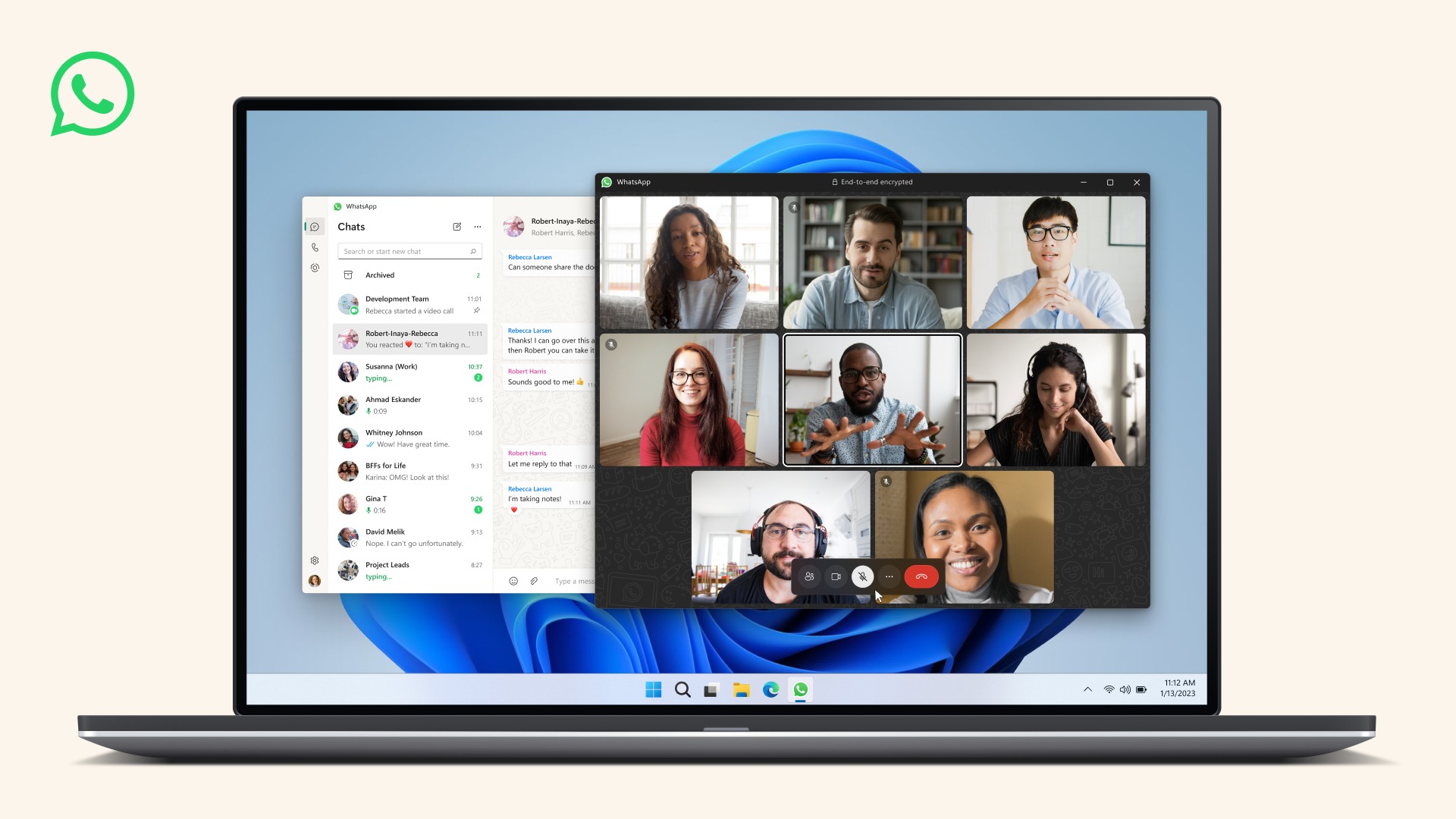Language Support Expanding New Options to Enhance Global Connectivity:
In a strategic move aimed at fostering global connectivity and inclusivity, LinkedIn has announced the addition of several new languages to its support options. This latest update is part of LinkedIn’s ongoing efforts to accommodate its diverse user base, which spans over 200 countries and territories. With more than 930 million members, the professional networking platform recognizes the importance of language accessibility in enhancing user experience and engagement. This article delves into the details of this expansion, its implications for users and businesses, and the broader significance for the professional networking landscape.
Table of Contents
The Importance of Language Accessibility
Language accessibility is a critical factor in ensuring that digital platforms can effectively serve diverse populations. Here are some key reasons why this update is significant:
- Catering to Diverse Users: With a global user base, LinkedIn aims to cater to professionals from various linguistic backgrounds. By offering support in more languages, the platform can better serve its users and enhance their experience.
- Promoting Inclusivity: Language barriers can hinder participation and engagement on professional platforms. By providing support in multiple languages, LinkedIn promotes inclusivity and ensures that all users have the opportunity to access resources and connect with others.
- Boosting User Engagement: Research shows that users are more likely to engage with platforms in their native languages. By expanding language support, LinkedIn aims to increase user engagement and interaction, ultimately benefiting the platform as a whole.
- Facilitating Global Networking: LinkedIn’s core purpose is to connect professionals worldwide. By offering language support, the platform facilitates global networking opportunities, allowing users to connect and collaborate across borders.
Details of the New Language Support
As part of this initiative, LinkedIn has added support for several new languages, including but not limited to:
- Hindi: With a vast population of Hindi speakers, this addition opens doors for professionals in India and other regions where Hindi is widely spoken.
- Arabic: The inclusion of Arabic caters to the growing number of professionals in the Middle East and North Africa, enhancing connectivity in these regions.
- Bengali: As one of the most spoken languages in the world, the addition of Bengali supports professionals in Bangladesh and India, fostering greater engagement in these markets.
- Turkish: With a significant number of users in Turkey, this update allows Turkish speakers to navigate LinkedIn more effectively and engage with local and global opportunities.
- Vietnamese: The addition of Vietnamese supports the growing professional landscape in Vietnam, connecting users with global markets and opportunities.
- Indonesian: With a rapidly growing user base, Indonesian speakers will benefit from enhanced support, making it easier to connect with others and explore career opportunities.
Implications for Users and Businesses
The expansion of language support on LinkedIn has several implications for both users and businesses:
- Enhanced User Experience: Users can now navigate the platform more easily in their preferred languages, leading to a smoother experience. This is especially important for new users who may find English interfaces challenging.
- Improved Communication: With support for additional languages, users can communicate more effectively within their networks. This facilitates collaboration, mentorship, and knowledge sharing across linguistic boundaries.
- Business Opportunities: Companies looking to expand their reach in non-English speaking markets can leverage LinkedIn’s language support to engage with local talent and establish a presence. This can lead to increased recruitment opportunities and brand visibility.
- Increased Engagement Metrics: By making the platform more accessible, LinkedIn can expect higher engagement rates from users in newly supported languages. This may translate to more content sharing, profile visits, and interactions, benefiting the entire LinkedIn ecosystem.
- Local Content Creation: Businesses and creators can develop content tailored to specific linguistic audiences, driving engagement and fostering a sense of community among users who share similar backgrounds.
- Talent Acquisition: Companies can expand their talent pools by reaching out to candidates who may have previously felt excluded due to language barriers. This move aligns with diversity and inclusion efforts within organizations.
The Broader Impact on Professional Networking
LinkedIn’s language support expansion represents a broader trend toward inclusivity in the professional networking space. Here are some key considerations:
- Global Competition: As more companies expand internationally, the need for platforms that cater to diverse users becomes increasingly important. LinkedIn’s move reinforces its position as a leader in the professional networking landscape.
- Cultural Sensitivity: By recognizing the linguistic diversity of its user base, LinkedIn demonstrates cultural sensitivity and a commitment to understanding the unique needs of its global audience.
- Increased Accessibility: The expansion reflects a growing emphasis on making technology accessible to all users, regardless of their linguistic background. This is particularly relevant in a digital age where remote work and online networking are prevalent.
- Future Developments: As LinkedIn continues to expand its language support, users can expect further enhancements, including localized content and resources tailored to specific markets.
- Encouraging International Collaboration: The new language support can foster international collaboration by breaking down language barriers. This opens up opportunities for cross-border partnerships and global projects.
- Reinforcing LinkedIn’s Mission: This initiative aligns with LinkedIn’s mission to connect the world’s professionals and make them more productive and successful. By enhancing language support, LinkedIn takes a significant step toward achieving this mission.
Conclusion
LinkedIn’s expansion of language support options is a significant and strategic development that underscores the platform’s commitment to inclusivity and user experience. By catering to a diverse user base, LinkedIn not only enhances engagement but also fosters a sense of community among professionals from various linguistic backgrounds.
As the professional networking landscape continues to evolve, LinkedIn’s proactive approach sets a precedent for other platforms to follow. By prioritizing language accessibility, LinkedIn strengthens its position as a global leader in professional networking and demonstrates that technology can bridge linguistic divides.
The implications of this update extend far beyond language support; they pave the way for enhanced collaboration, improved communication, and increased opportunities for users and businesses alike. As LinkedIn continues to grow and adapt to the needs of its users, it remains a vital tool for professionals seeking to connect, collaborate, and thrive in today’s interconnected world.
With this expansion, LinkedIn is not just adding languages; it is opening doors to new possibilities, ensuring that every professional can navigate their career journey with confidence and ease.



